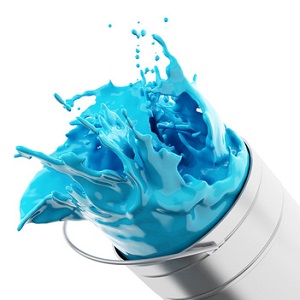What is a papermaking dispersant?
The principle of a dispersant is to distribute solid tiny particles as evenly as possible in another incompatible material. That is, it refers to a coarse dispersion system composed of insoluble particles in the inner phase distributed in a liquid or semi-solid outer phase. The dispersant can make the solid dispersed particles in the suspension fully wetted and evenly dispersed by the liquid phase, and reduce the separation, aggregation and sedimentation rate of the solid particles in the system to a minimum to maintain the maximum dynamic stability of the suspension. The commonly used dispersant is a surfactant.
In the papermaking process, the paper fibers and fillers in the pulp are hydrophobic and tend to flocculate into agglomerates, and it is often difficult to produce paper with uniform performance and strength that meets the requirements. An additive needs to be added to increase the viscosity of the pulp to facilitate the uniform dispersion of fibers and fillers, so that the paper is uniform, smooth, flexible and without holes, so that the papermaking performance is stable, and it is not easy to break the paper and powder during papermaking. At the same time, it can improve the tensile strength and dry and wet strength of the paper product and save pulp. This additive is called a papermaking dispersant.
Application of paper dispersants in the papermaking industry
Paper dispersants are a kind of high molecular polymers with the appearance of small white granular powder. Paper dispersants have good water solubility, high viscosity, and good lubricity. They are relatively less affected by water quality and other additives, have stable papermaking performance, are not easy to break and lose powder, and can improve the softness and uniformity of the finished paper.
The role of paper dispersants is to make the paper coating evenly distributed and the paper thickness uniform. Paper dispersants can show good fiber dispersion effects at a small amount (less than 1kg per ton of absolute dry pulp).
For the papermaking process, fibers, fillers and some additives are all water-insoluble, and they tend to aggregate in water. Moreover, different materials are often kept as far away as possible due to incompatibility, making it difficult to obtain paper with uniform performance and ideal strength. The addition of dispersants, surfactants and other solvents can form a double molecular layer or double electric layer structure on the surface of solid particles. The polar end of the outer dispersant has a strong affinity with water, which increases the degree of water wetting of solid particles and achieves a good dispersion effect.

